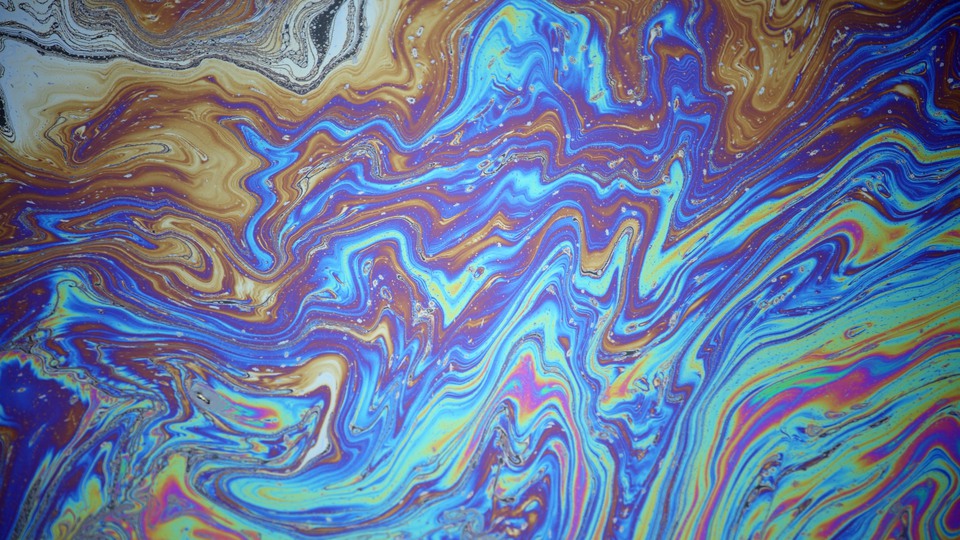
Contaminated areas and oil damage
Activities in industry or accidents such as oil spills can have major negative environmental effects. IVL maps pollutants and their effects on the environment and gives you suggestions for measures, such as oil remediation.
We have extensive experience of environmental effects after discharges of chemicals and oil - how it affects the soil, freshwater and marine environments. It includes knowledge of measures, control and remediation methods and how to accelerate recovery.
We research both urgent and long-term environmental problems regarding emissions. It includes effects on soil, water, sediment, sediment, indoor environment, agriculture and forest through field trials, analysis and synthesis.
Our experts develop and provide support to companies and authorities in the prevention and damage reduction work and provide advice and information to municipalities and county administrative boards in connection with oil spills.
We help you with:
- Identification of emission sources and how compounds are transported
- Urgent damage assessments for oil damage and recommendations for oil decontamination
- Method development and support in preventive and injury-limiting work
- Environmental impact assessments (EIA) according to the Environmental Code
- Recommendations for remediation efforts
- Effects on ecosystems and society
